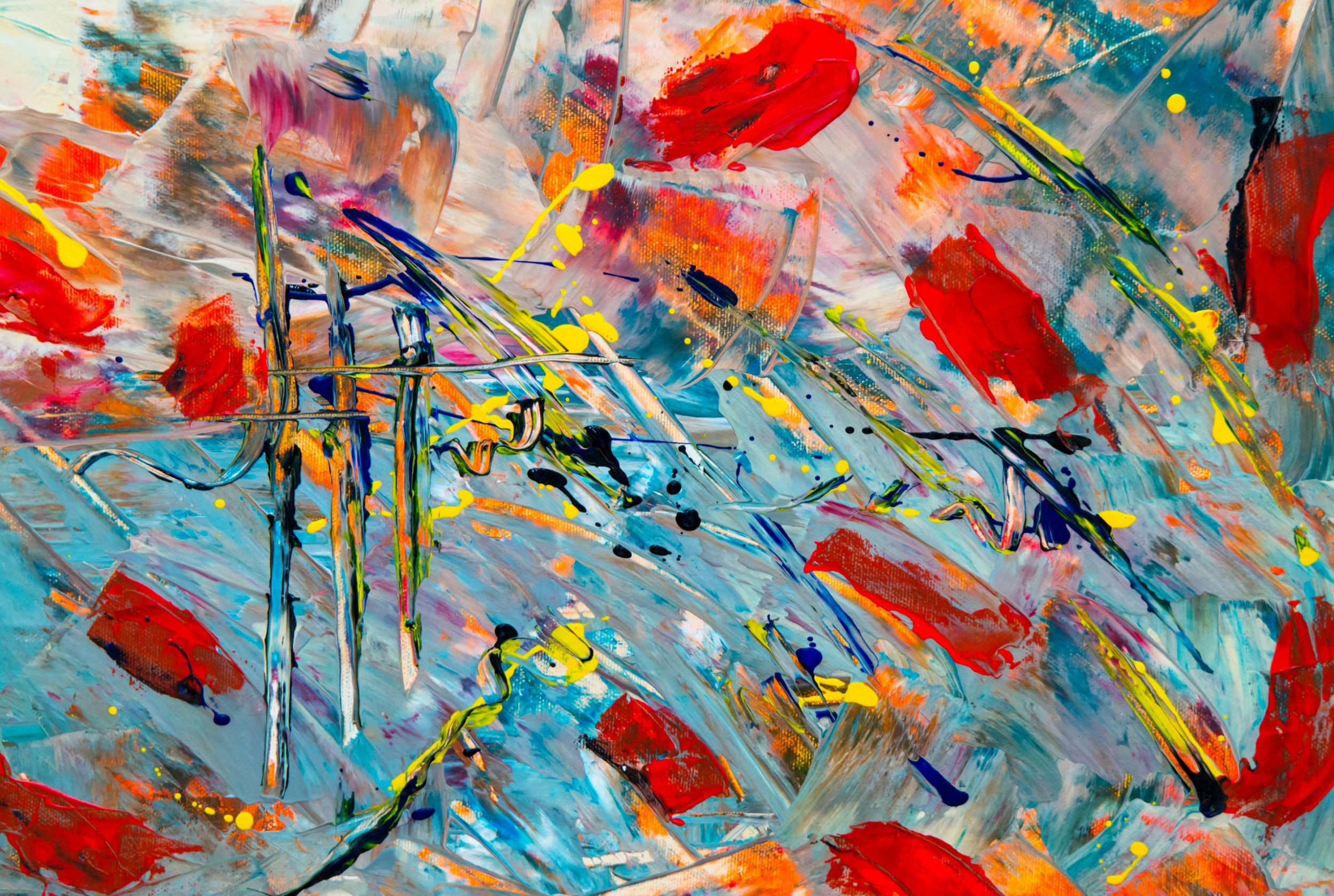In the world of technology, where precision and logic reign supreme, abstract art may seem like a stark contrast. However, the emotional impact of abstract art cannot be denied. In this article, we will explore how abstract art can evoke powerful emotions and how technology can be used to create, analyze, and appreciate abstract art.
The Power of Abstraction
Abstract art is a visual language that communicates through shapes, colors, and forms rather than literal representations of real-world objects. This abstraction allows for a wide range of interpretations and emotional responses from viewers. From feelings of joy and awe to confusion and discomfort, abstract art has the power to evoke a myriad of emotions.
The Role of Technology
Technology has played a significant role in the evolution of abstract art. Digital tools and software have made it easier for artists to experiment with new techniques and push the boundaries of traditional art forms. From digital painting to generative art, technology has opened up new possibilities for artists to create captivating and emotionally resonant abstract works.
Analyzing Emotions in Abstract Art
One of the challenges of abstract art is that it can be difficult to pinpoint the exact emotions it evokes. Unlike representational art, where the subject matter is clear, abstract art leaves room for interpretation. However, technology has provided a way to analyze and quantify these emotional responses.
Researchers have developed algorithms that can analyze the colors, shapes, and composition of abstract art to determine the emotions it elicits. By studying patterns in these elements, researchers can gain insights into how viewers perceive and react to abstract art. This data can be used to create more emotionally impactful artworks or tailor exhibitions to evoke specific responses from viewers.
Creating Emotional Connections
Technology can also be used to create interactive experiences that allow viewers to engage with abstract art on a deeper level. Virtual reality and augmented reality technologies can immerse viewers in a digital world where they can interact with and explore abstract artworks in a completely new way. This level of interactivity can foster a stronger emotional connection between the viewer and the artwork.
Appreciating the Beauty of Abstraction
While abstract art may not conform to traditional notions of beauty, it has a unique allure that can captivate and inspire. The emotional impact of abstract art lies in its ability to transcend language and culture, speaking to the universal human experience. By using technology to explore and analyze abstract art, we can gain a deeper appreciation for its beauty and the emotions it evokes.
Conclusion
Abstract art may exist outside the realm of logic and reason, but its emotional impact is undeniable. By harnessing the power of technology, we can better understand and appreciate the profound emotional experiences that abstract art can evoke. Whether it’s through analyzing data or creating immersive virtual experiences, technology can enhance our connection to abstract art and enrich our lives in unexpected ways.

